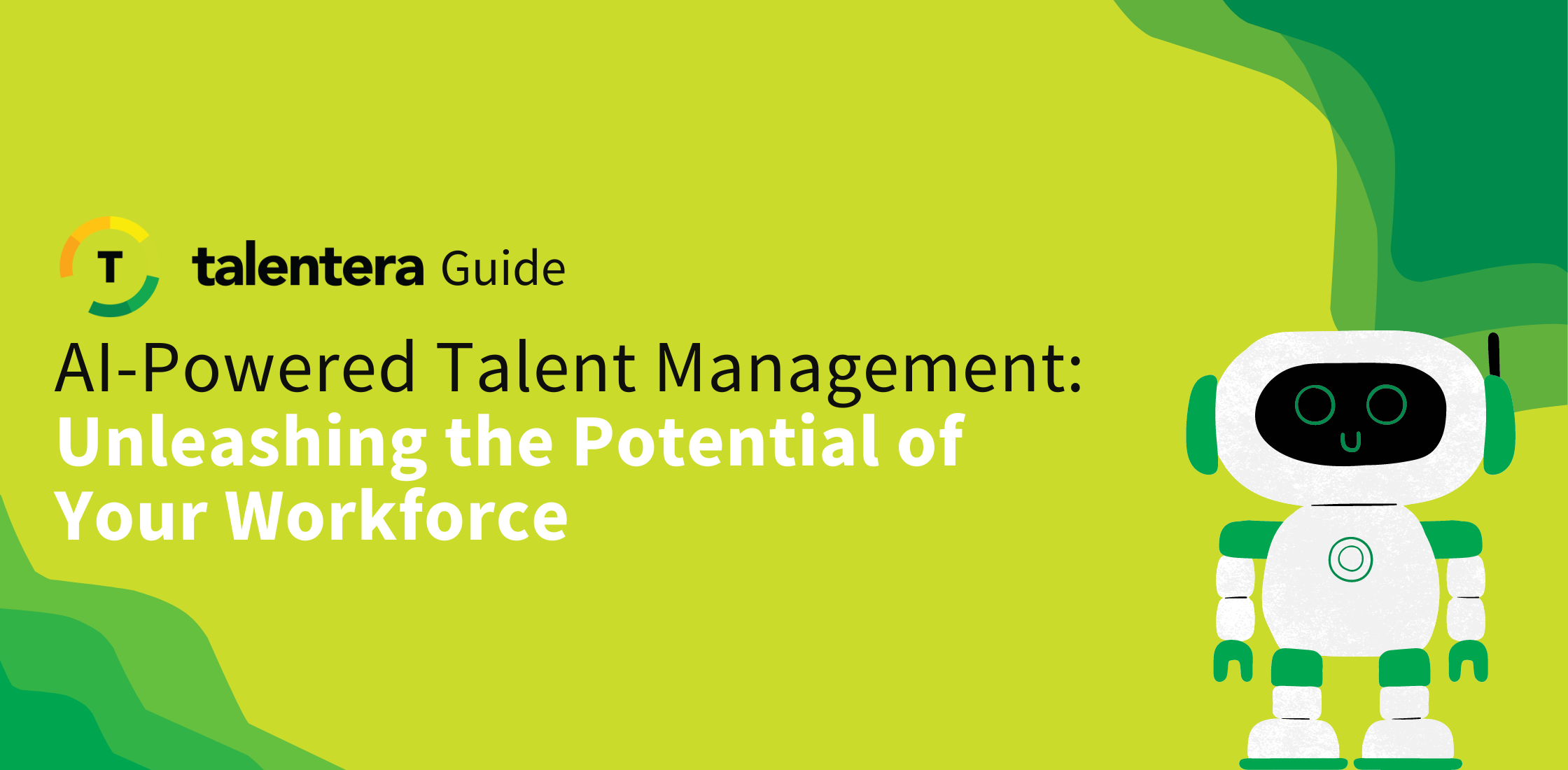10 ATS Best Practices: Maximizing the Potential of Your Applicant Tracking System
Hiring the right talent is a challenging feat, often marked by intricate workflows, heaps of paperwork, and the perpetual challenge of managing candidate data. In a world where efficient recruitment is a key to success, organizations grapple with finding the perfect balance between speed and quality in their hiring processes.
1. Configuring Your ATS: Tailoring Efficiency to Your Needs
Embarking on the journey of ATS implementation begins with strategic configuration. Tailoring your workflows to align with the unique demands of your organization is paramount. A user-friendly interface ensures that both recruiters and candidates can navigate the system seamlessly, setting the stage for an enhanced hiring experience.
2. Data Accuracy and Compliance: Building a Strong Foundation
The foundation of an effective ATS lies in data management and security. Regularly updating candidate information ensures a clean and organized database, while vigilance in compliance and privacy safeguards both candidate trust and legal adherence.
3. Optimized Job Postings: From Visibility to Inclusivity
Job postings serve as the gateway to attracting top talent. Crafting SEO-friendly job descriptions ensures your openings are easily discoverable, while clear and inclusive language fosters a diverse candidate pool.
4. Effective Candidate Communication: Automation and Responsiveness
Communication with candidates should be both timely and personalized. Leveraging automation for acknowledgement emails and status updates streamlines processes, while ensuring responsive mobile communication caters to the on-the-go nature of today’s candidates.
5. Continuous Training and Support: Empowering Your Team
Empower your team through continuous training programs and a responsive support team. An educated and supported workforce is crucial for leveraging the full potential of your ATS.
6. Regular System Audits and Updates: Ensuring Peak Performance
Frequent system audits and staying up-to-date with software updates are the bedrock of a well-functioning ATS. Regular analysis of recruitment data provides insights for continual improvement.
7. Utilize Reporting and Analytics: Informed Decision-Making
Customized reporting features offer a lens into key recruitment metrics. Analyzing this data allows for informed decision-making and ongoing optimization of both your recruitment strategy and ATS configuration.
8. Integration with Other HR Systems: Building a Cohesive Ecosystem
Integration with other HR systems creates a cohesive ecosystem, ensuring data consistency across various HR functions. Evaluating integration options based on organizational needs enhances overall HR efficiency.
9. Candidate Feedback and Experience: Prioritizing Candidate Satisfaction
Soliciting candidate feedback actively and keeping candidate-facing features up to date contribute to an enhanced candidate experience. These efforts not only refine the recruitment journey but also solidify positive perceptions of your organization.
10. Benchmark and Stay Competitive: Adapting to Industry Standards
Benchmarking against industry standards ensures that your recruitment processes remain competitive. Fostering a culture of continuous improvement encourages innovation and adaptation to evolving industry trends.
In conclusion, the ATS best practices outlined here provide a roadmap for organizations seeking to revolutionize their recruitment processes. Talentera, with its commitment to a user-friendly interface, robust data management, and continuous support, stands as a possible solution to the challenges posed by traditional hiring methods. By embracing these best practices, organizations can unlock the full potential of their ATS, creating a streamlined and efficient recruitment journey that aligns seamlessly with the dynamic needs of the modern workplace.








